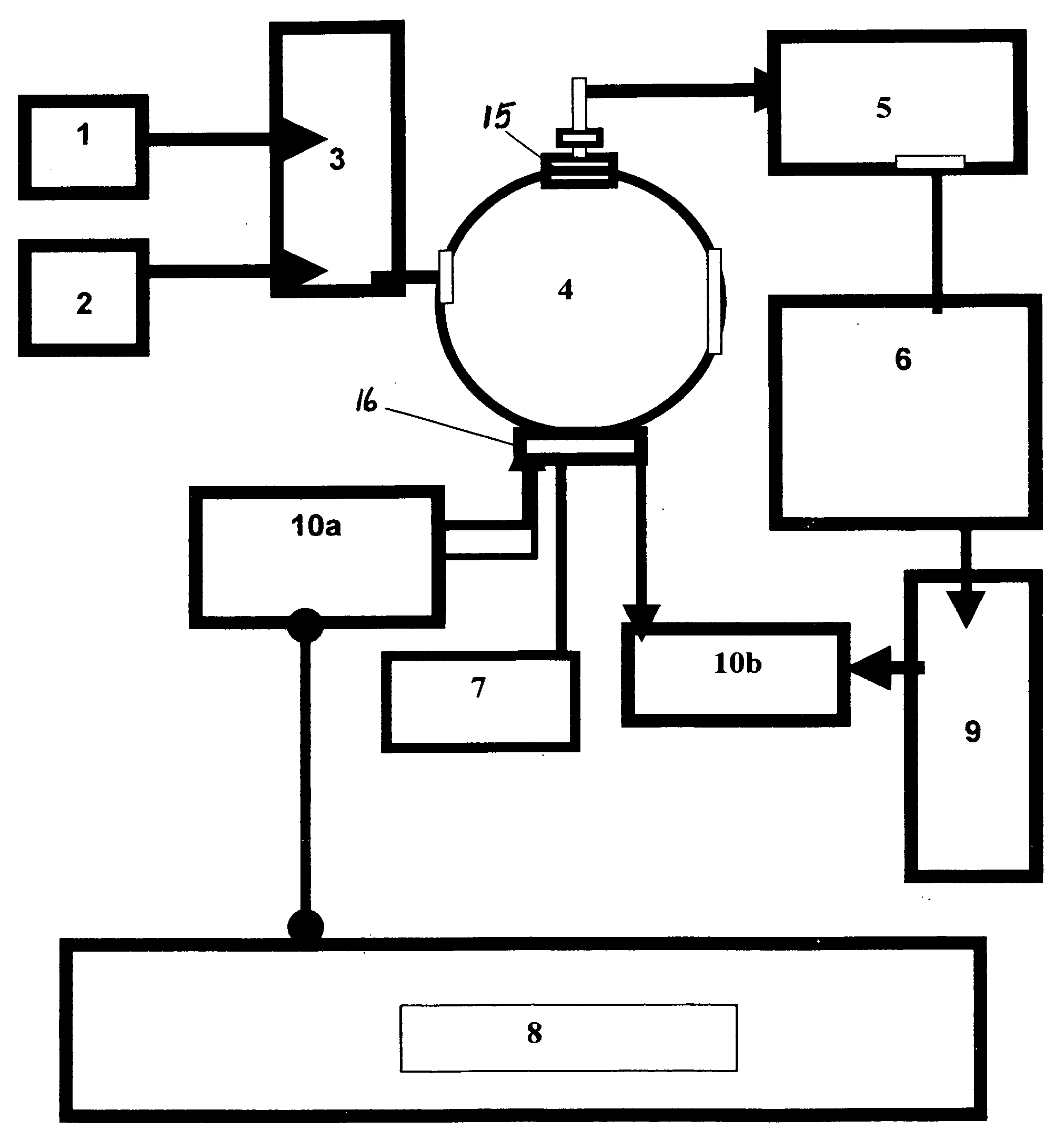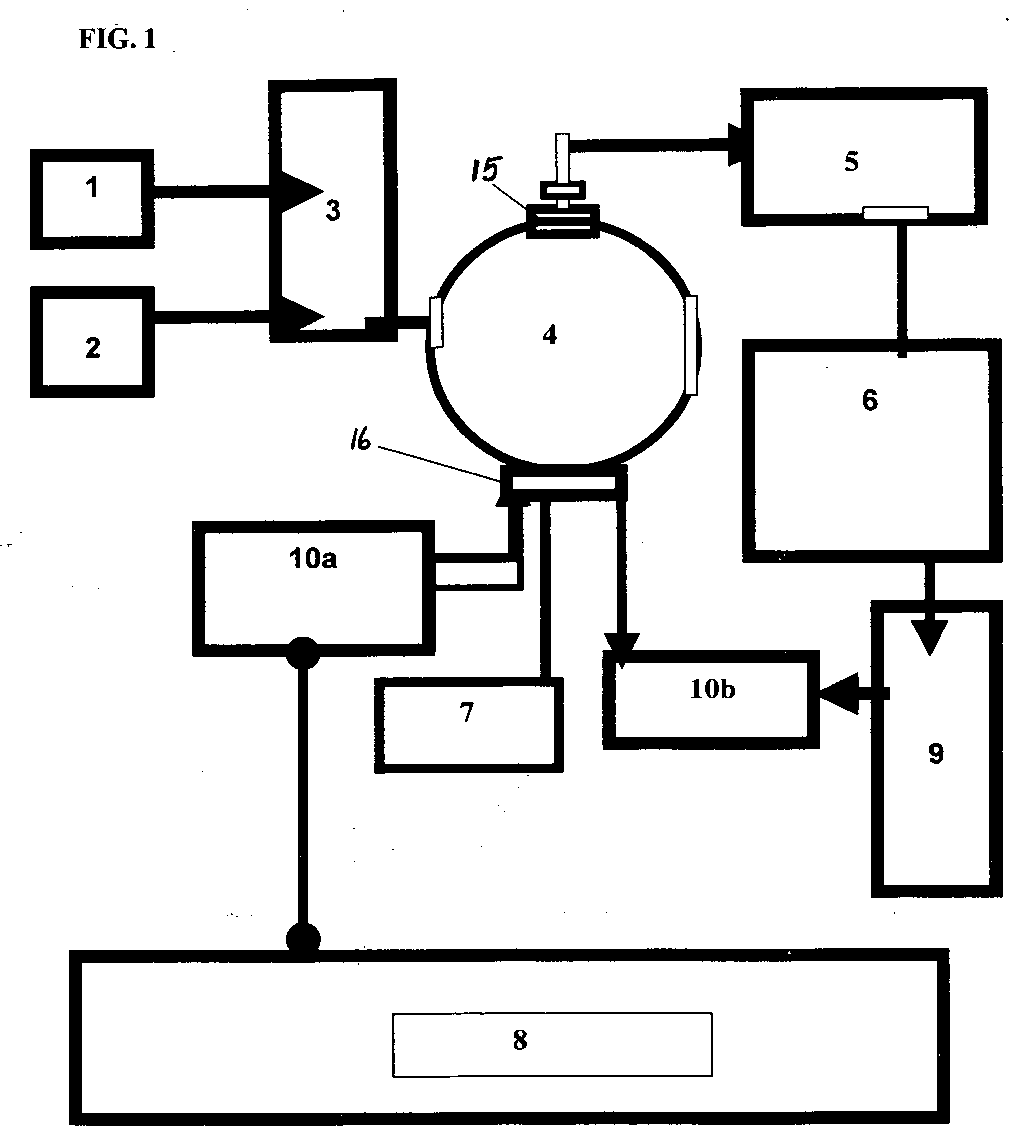Hybrid magnetohydrodynamo (MHD) field sanitation generator for treating wastewater, sewages & sludge and recovering potable water
a technology of sewage sludge and mhd, which is applied in the direction of machines/engines, sedimentation settling tanks, separation processes, etc., can solve the problems of destroying exposed microorganisms, limited use of uv radiation, and uv light not penetrated the protection organisms well
- Summary
- Abstract
- Description
- Claims
- Application Information
AI Technical Summary
Benefits of technology
Problems solved by technology
Method used
Image
Examples
Embodiment Construction
[0050] Herein, is presented the hybrid magnetohydrodynamo (MHD) Field Sanitation Unit (FSU). Thus, the objectives embodied within the apparatus are (1) to recover an organic material (2) to recover a pathogen free, clean potable drinking water, and (3) to generate electricity using wastewater as the conductive medium. The invention also relates a core heating microwave source coupled to an outer rigid mantle boundary that compose an MHD electrode pair. The invention assemblies are generally configured of three components: (a) magnetron, waveguide & a launch assembly; (b) the perovskite ceramic components; and (c) the conductive wastewater sludge fluid but more specifically the MHD assemblies are described herein in detail. FIG. 1 illustrates a general process flow of the invention. This process flow diagram presents the main components of the invention, which are composed of the following: (1) the clean water supply feed, (2) the influent raw wastewater (3) the mixer, (4) the MHD re...
PUM
| Property | Measurement | Unit |
|---|---|---|
| Luminous intensity | aaaaa | aaaaa |
| Pressure | aaaaa | aaaaa |
| Power | aaaaa | aaaaa |
Abstract
Description
Claims
Application Information
 Login to View More
Login to View More - R&D
- Intellectual Property
- Life Sciences
- Materials
- Tech Scout
- Unparalleled Data Quality
- Higher Quality Content
- 60% Fewer Hallucinations
Browse by: Latest US Patents, China's latest patents, Technical Efficacy Thesaurus, Application Domain, Technology Topic, Popular Technical Reports.
© 2025 PatSnap. All rights reserved.Legal|Privacy policy|Modern Slavery Act Transparency Statement|Sitemap|About US| Contact US: help@patsnap.com



